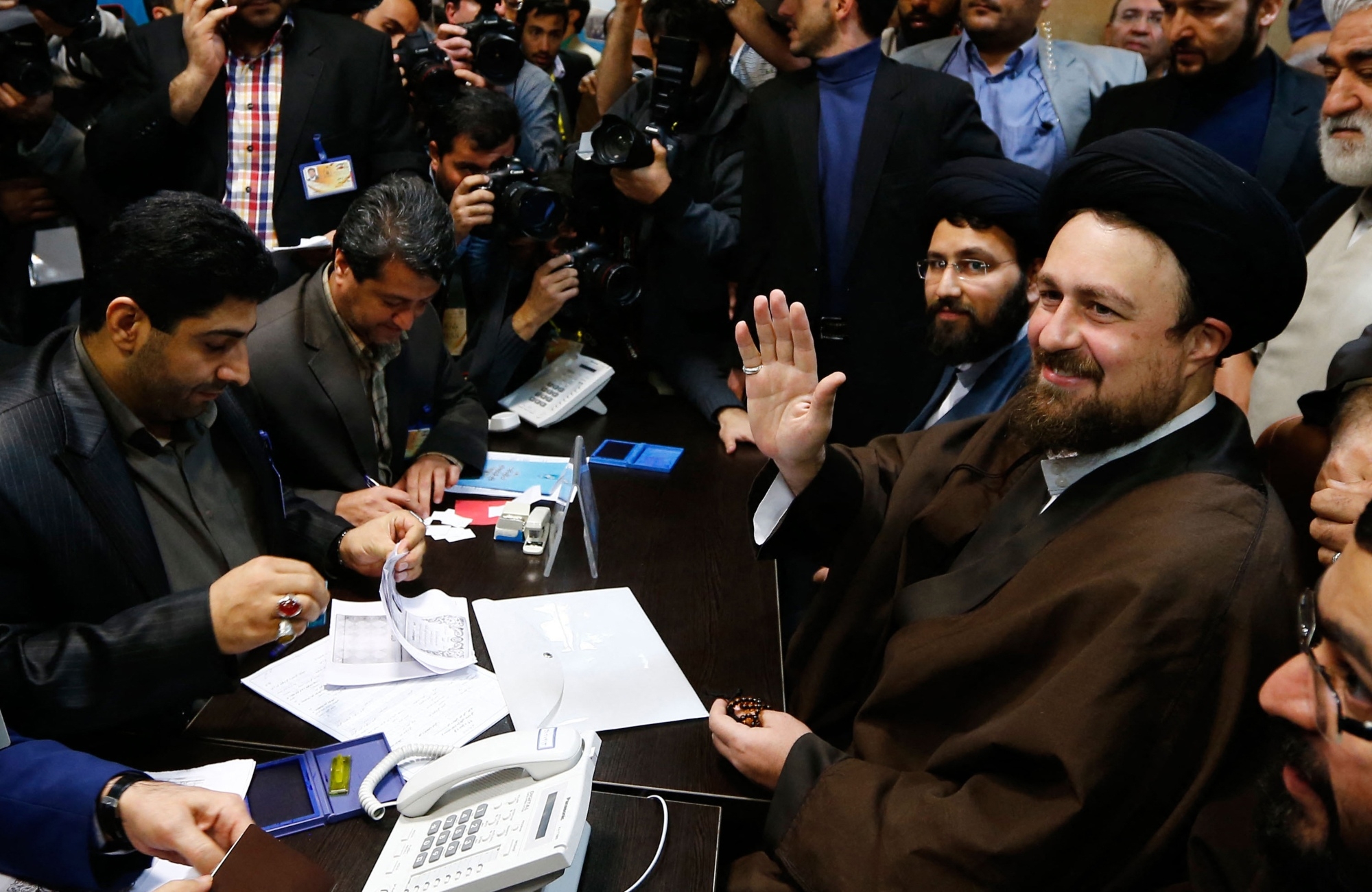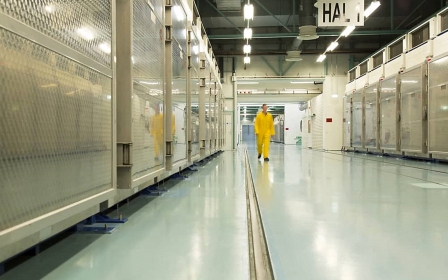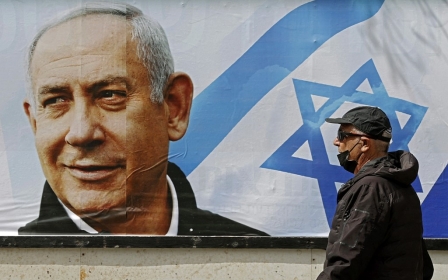Iranian press review: Khomeini grandson eyed for presidential run

Is Khomeini's grandson running for president?
Three months ahead of Iran's presidential elections, various reformist political figures and factions have suggested that Sayyed Hassan Khomeini, a grandson of Iran's first supreme leader, Ayatollah Ruhollah Khomeini, could be the reformist camp's candidate in the upcoming elections.
In an interview with Arman, reformist politician Gholam Ali Dehghan said that Khomeini could shape a national unity government in Iran amid a worsening power struggle between the reformists and conservatives.
"Sayyed Hassan Khomeini is trusted by the three political factions of reformists, moderates and central conservatives," Dehghan told the daily. "He would be a new source for developing national unity among Iranians, and he could evolve political moderation [in Iran]."
Khomeini, the caretaker of his grandfather's mausoleum and the head of the Institute for Compilation and Publication of Imam Khomeini's Works, has not announced any plans for his possible candidacy in the elections.
New MEE newsletter: Jerusalem Dispatch
Sign up to get the latest insights and analysis on Israel-Palestine, alongside Turkey Unpacked and other MEE newsletters
Despite his family background leaning toward a strict interpretations of Islam, he is closer to reformists, and supported moderate president Hassan Rouhani in the last election.
With the next vote scheduled for June, three current and former commanders of the country's Islamic Revolutionary Guard Corps (IRGC) have so far announced their candidacy for the elections.
No name has officially been released yet by the reformist camp. However, in recent weeks, speculation has grown about Khomeini or current foreign minister Mohammad Javad Zarif being likely representatives of the reformist current.
Celebrating Nowruz with RPGs and Kalashnikovs
IRGC-affiliated Fars news agency published footage of a group fighters from Iran's well-known Quds Force in Syria, celebrating the holiday of Nowruz with Kalashnikovs, a rocket-propelled grenade (RPG) and a heavy machine gun, instead of a traditional Haft-seen table.
Nowruz is the New Year festivity celebrated in Iran, Afghanistan, and the Kurdish regions of Iraq, Turkey and Syria, and throughout Central Asia, corresponding with the arrival of spring.
Under the headline "Exceptional Haft-seen table, shrine defenders' mood during Nowruz", the news agency published two photos from an unidentified location near Damascus showing a group of five men in uniforms with no military rank insignia.
The group is sitting around a tablecloth with their weaponry and a picture of slain Quds force commander Qassem Soleimani.
In Iran's official government narrative, volunteers and IRGC forces fighting in Syria and Iraq are called the Holy Shrine Defenders, because of the number of Shia Muslim holy sites and shrines in the two countries.
In a separate report, Fars published videos showing Iranian pilgrims in the Iraqi holy cities of Karbala and Najaf, despite a travel ban Tehran imposed on Iranians to control the spread of the coronavirus.
Before the pandemic, over 30,000 Iranians would travel to Shia holy shrines in Iraq and Syria during the two-week Nowruz holiday.
Iranians eat less meat than North Koreas and Yemenis
Iran's per capita meat consumption has dramatically declined since the US began its maximum pressure campaign on the country in 2018, which has plunged Iran's economy into its worst crisis since the beginning of the Iran-Iraq war in 1980.
Since Washington's unilateral withdrawal from Iran's nuclear deal with world powers, followed by harsh economic sanctions, Iran's working and middle-class families have lost over 70 percent of their purchasing power, according to local media.
According to the financial daily Asia, due to currency devaluation and inflation, Iranian consumption of red meat has dropped from 13kgs per capita per year in 2011 to 8kgs in 2019.
Meanwhile in North Korea, hit by food shortages, and war-torn Yemen, which faces one of the worst humanitarian crises in the world, meat consumption stands at 10.8 and 14.5kgs per person per year respectively.
Predictions meanwhile show that meat consumption could further decline in 2021 to only six kgs for every Iranian.
During the week before Nowruz, Iran faced a chicken meat shortage, with long lines forming in front of subsidised shops.
The government is set to import 50,000 tonnes of chicken meat from Turkey and Brazil to control a sharp increase in price. However, meat producers believe that the imports won’t solve the problem, as it takes at least one month to import and distribute the meat in Iran's domestic market.
According to local poultry producers, had they received government support, including subsidies on chicken feed, they could produce enough chicken for Iran's 83 million population.
* Iranian press review is a digest of reports that are not independently verified as accurate by Middle East Eye.
Middle East Eye delivers independent and unrivalled coverage and analysis of the Middle East, North Africa and beyond. To learn more about republishing this content and the associated fees, please fill out this form. More about MEE can be found here.






